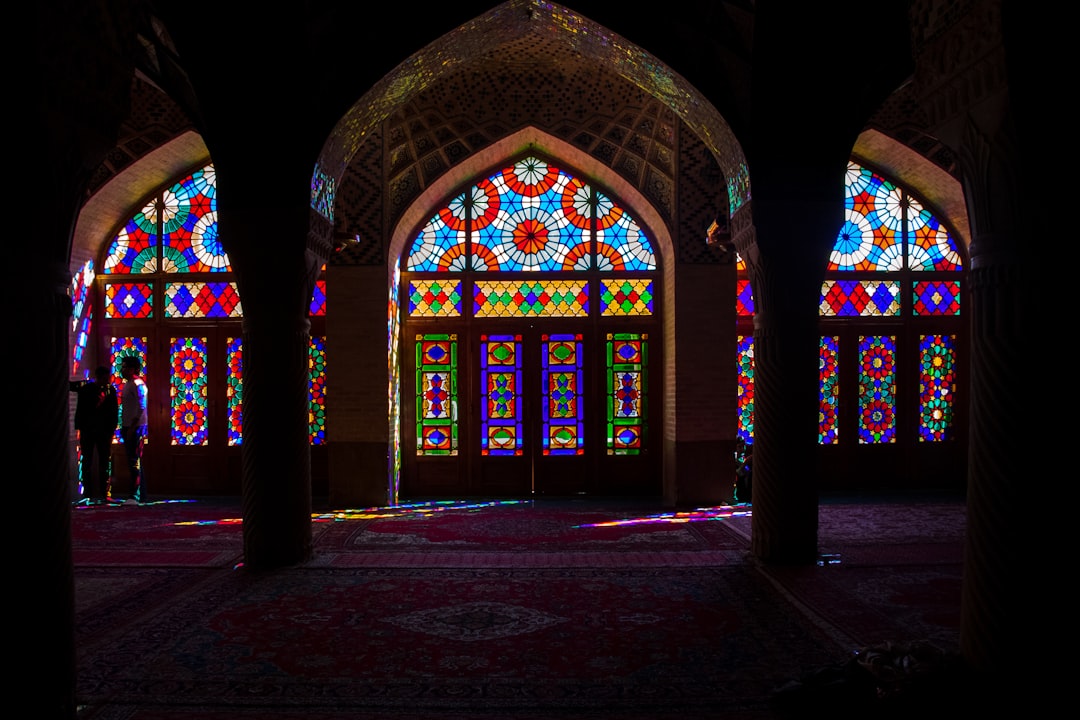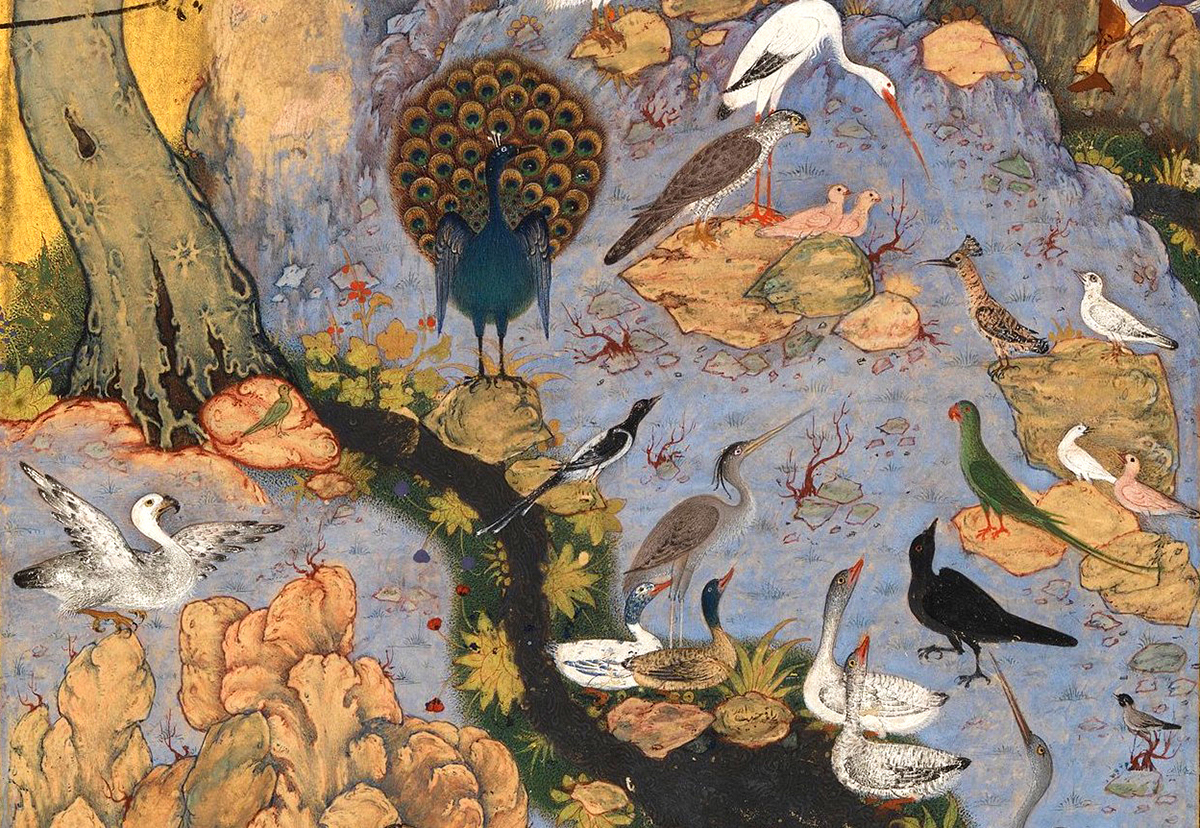Omar Khayyam (1048–1131 CE)—celebrated Persian mathematician, astronomer, and poet—crafted quatrains (rubaʿiyyāt) that have entranced readers for centuries. While relatively obscure in the Eastern literary canon until Western translations surfaced in the 19th century, Khayyam’s Rubaiyat has since inspired fervent debate: Is it a hedonistic call to seize the day? A sober philosophical meditation on life’s uncertainties? Or a veiled mystical treatise on union with the Divine? In this post, we’ll explore these three interpretive lenses and consider how they illuminate—or obscure—Khayyam’s enduring appeal.
1. Pleasure: The Wine‑Dark Path to Carpe Diem
One of the most quoted stanzas epitomizes Khayyam’s apparent hedonism:
“Come, fill the Cup, and in the fire of Spring
Your Winter garment of Repentance fling:
The Bird of Time has but a little way
To fly—and Lo! the Bird is on the Wing.”
At first glance, Khayyam seems to urge unbridled enjoyment—drinking wine, abandoning regrets, and embracing the fleeting present. This “carpe diem” reading gained traction through Edward FitzGerald’s 1859 translation, which gave Victorian England a romantic, escapist Khayyam. In this view, the quatrains become anthems for pleasure-seekers, challenging rigid moral codes and celebrating the sensory delights that make life worth living.
Key features of the Pleasure reading:
-
Wine as literal delight. Sipping cup after cup to savor the moment.
-
Rejection of asceticism. Flying in the face of religious strictures that denounce worldly pleasures.
-
Impermanence. Acknowledging life’s brevity to justify joyful indulgence.
Yet critics argue that a surface-level embrace of sensuality risks reducing Khayyam to a medieval party‑poet, ignoring the depth beneath his verses.
2. Philosophy: Skepticism and the Enigma of Existence
Beneath the wine‑glass images lies a more contemplative current: Khayyam the philosopher, wrestling with fate, knowledge, and mortality. Consider these lines:
“The Moving Finger writes; and, having writ,
Moves on: nor all thy Piety nor Wit
Shall lure it back to cancel half a Line,
Nor all thy Tears wash out a Word of it.”
Here, the relentless “Moving Finger” symbolizes time or destiny’s irreversible flow—a stark reminder that human agency and ritual devotion cannot alter predetermined turns of fate. This vein of skepticism extends to critiques of religious certainty: Khayyam questions whether prayer or dogma grants any real insight into the cosmos or secures an afterlife.
Key features of the Philosophical reading:
-
Existential uncertainty. Life’s fundamental questions—Why are we here? What follows death?—remain unanswered.
-
Epistemological humility. True knowledge of the Divine or the universe lies beyond human reach.
-
Ethical responsibility. If fate cannot be changed, what moral compass guides our choices?
This interpretation casts Khayyam as a precursor to modern existentialism—his quatrains as meditations on the human condition rather than mere exhortations to revelry.
3. Mysticism: Veiled Teachings of the Sufi Path
A third perspective rescues Khayyam from both hedonistic and purely philosophical pigeonholes by reading the Rubaiyat through a Sufi lens. Wine and tavern become metaphors for Divine Love; the “cup” is the heart’s receptacle of spiritual ecstasy. In this mystical allegory, Khayyam’s call to “fill the cup” invites seekers to attain annihilation of the ego (fanāʾ) and subsistence in God (baqāʾ).
Key features of the Mystical reading:
-
Symbolic wine. The intoxicating presence of the Beloved, not literal alcohol.
-
Inner tavern. The heart disciplined through dhikr (remembrance) rather than unrestrained drinking.
-
Union over enjoyment. Pleasure becomes a vehicle for transcendence, dissolving the self into Divine Unity.
Proponents of this view argue that Khayyam’s close contemporaneity with major Sufi currents makes it likely that his poetry harbors esoteric meanings—hidden teachings meant to guide the initiated toward spiritual realization.
4. A Harmonizing View: Layers Rather Than Labels
Perhaps the genius of Omar Khayyam lies in weaving all three dimensions—sensual, intellectual, and mystical—into deceptively simple quatrains. His images of wine and fate, pleasure and uncertainty, can resonate simultaneously on multiple levels:
-
As Celebration: reminding us to cherish life’s fleeting beauty.
-
As Reflection: prompting deeper inquiries into the nature of existence.
-
As Aspiration: pointing toward an ultimate reality beyond the self.
By allowing each reading to inform the others, we honor the Rubaiyat’s richness and complexity—engaging it as a living text that speaks to drinking companions, philosophers, and mystics alike.
5. Tips for Your Own Exploration
-
Read Multiple Translations. Compare FitzGerald’s Victorian flair with more recent, literal translations to catch nuances lost or embellished in earlier editions.
-
Contextualize Historically. Learn about Khayyam’s scientific and theological milieu to appreciate the stakes behind his questioning tone.
-
Journal Your Responses. After each quatrain, note which interpretation (pleasure, philosophy, mysticism) resonates most—and why.
-
Discuss in Community. Join a reading circle or online forum to hear diverse perspectives; the Rubaiyat thrives on multiplicity of meaning.
Conclusion
Omar Khayyam’s Rubaiyat defies easy categorization. Whether you sip from its cup as a celebration of life’s deliverances, ponder its philosophical depths, or decode its mystical symbology, you engage with a text that has traversed cultures and centuries. The true delight of Khayyam’s quatrains lies not in settling on a single “correct” reading, but in allowing each layer—sensual, rational, and spiritual—to illuminate the others, guiding us toward a fuller appreciation of life’s fleeting, unfathomable mystery.





